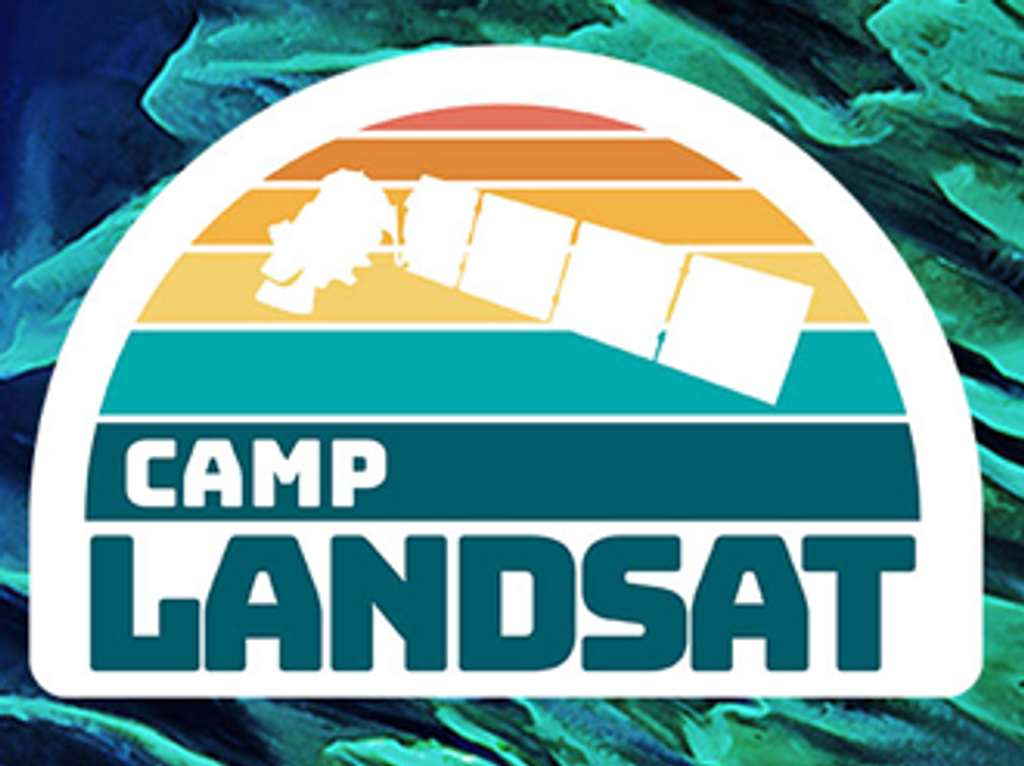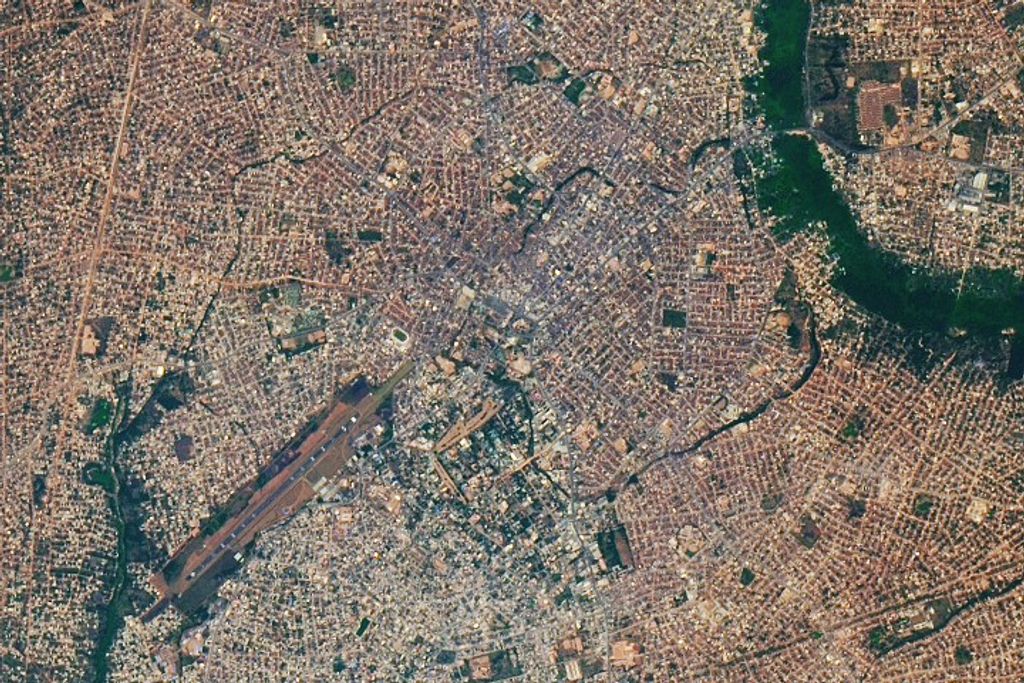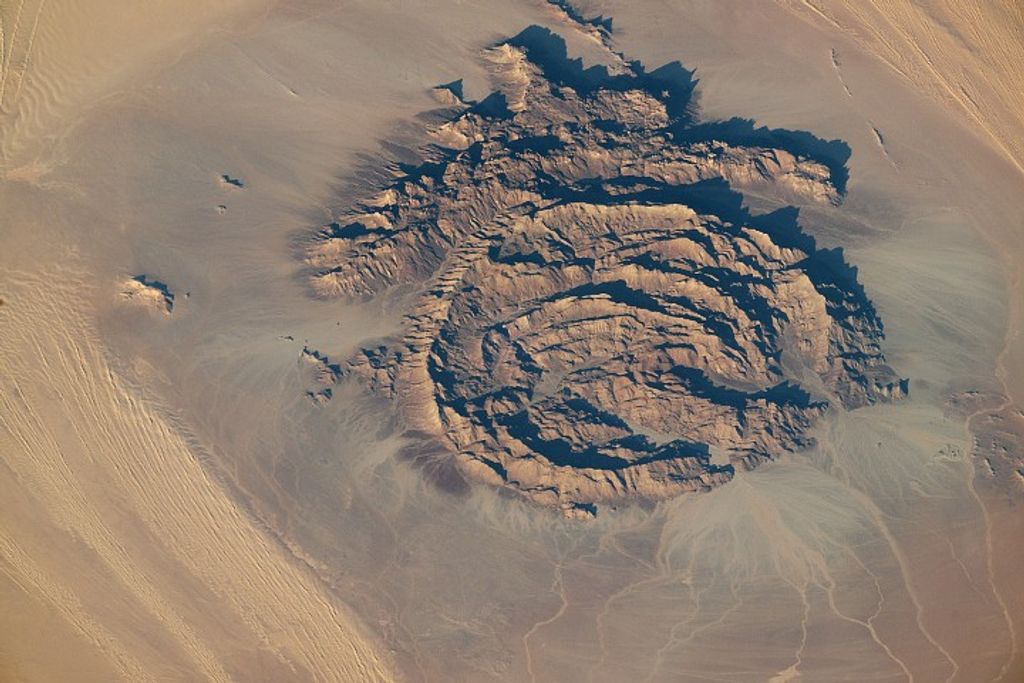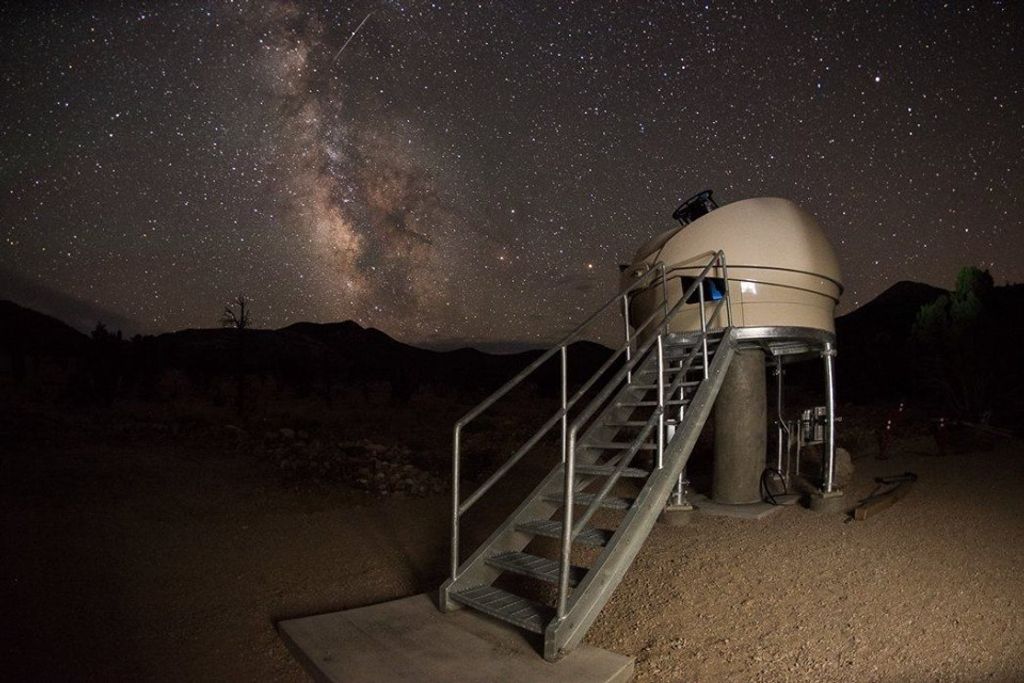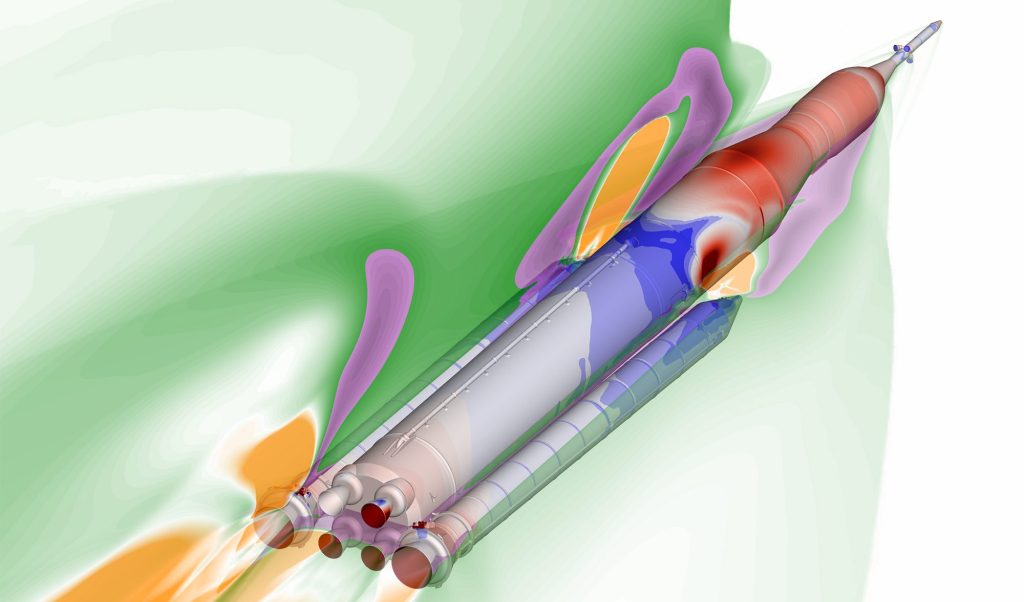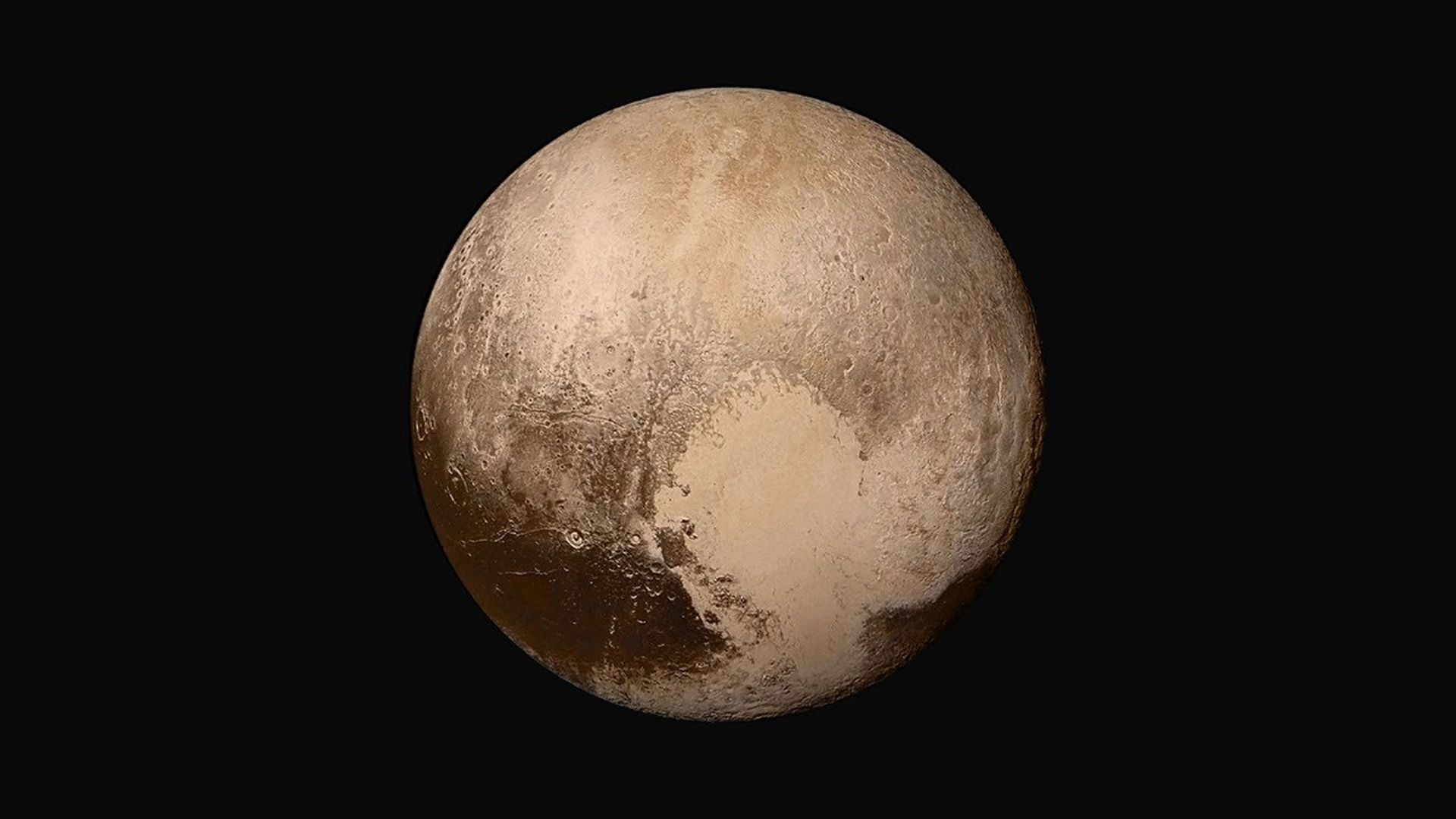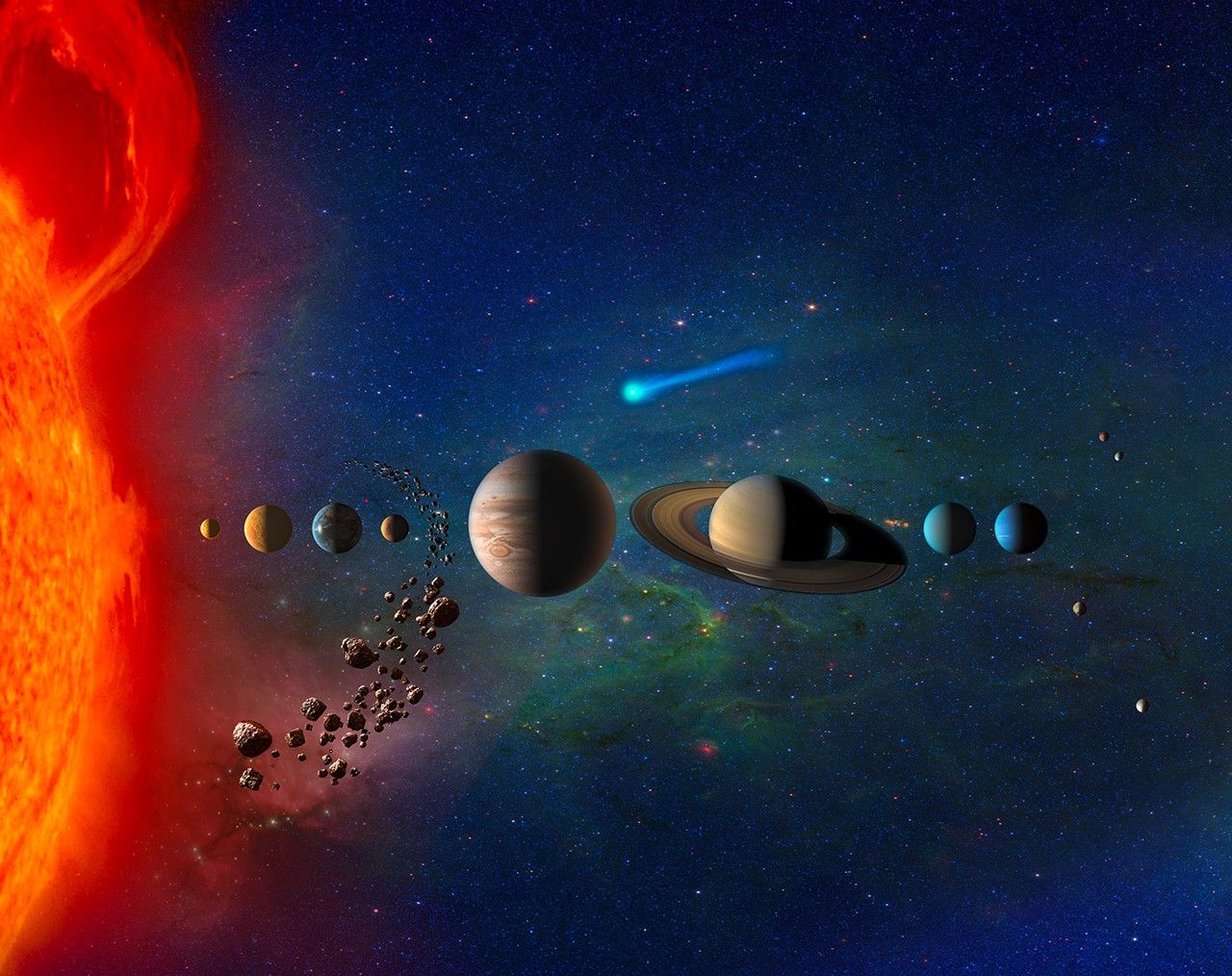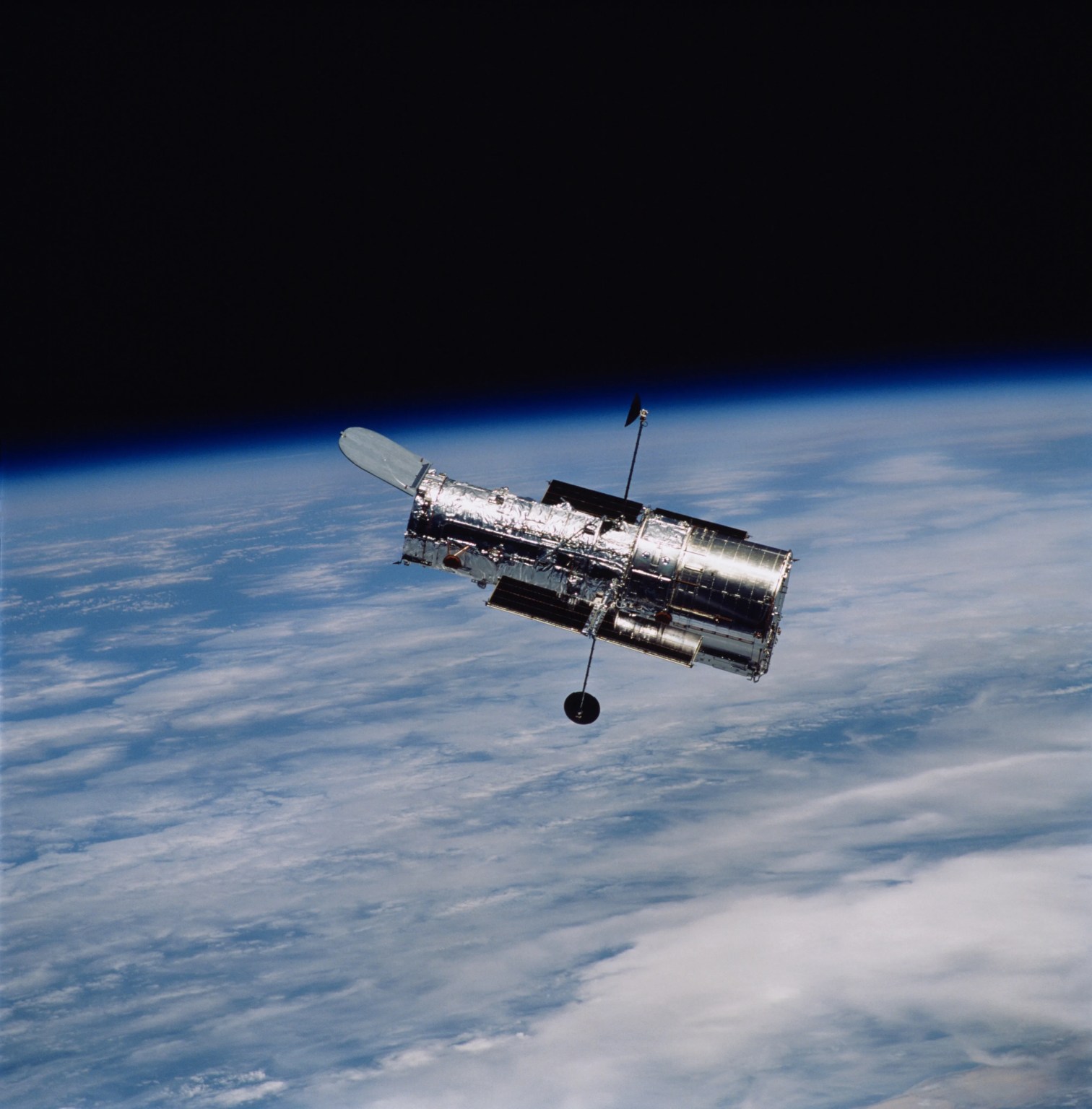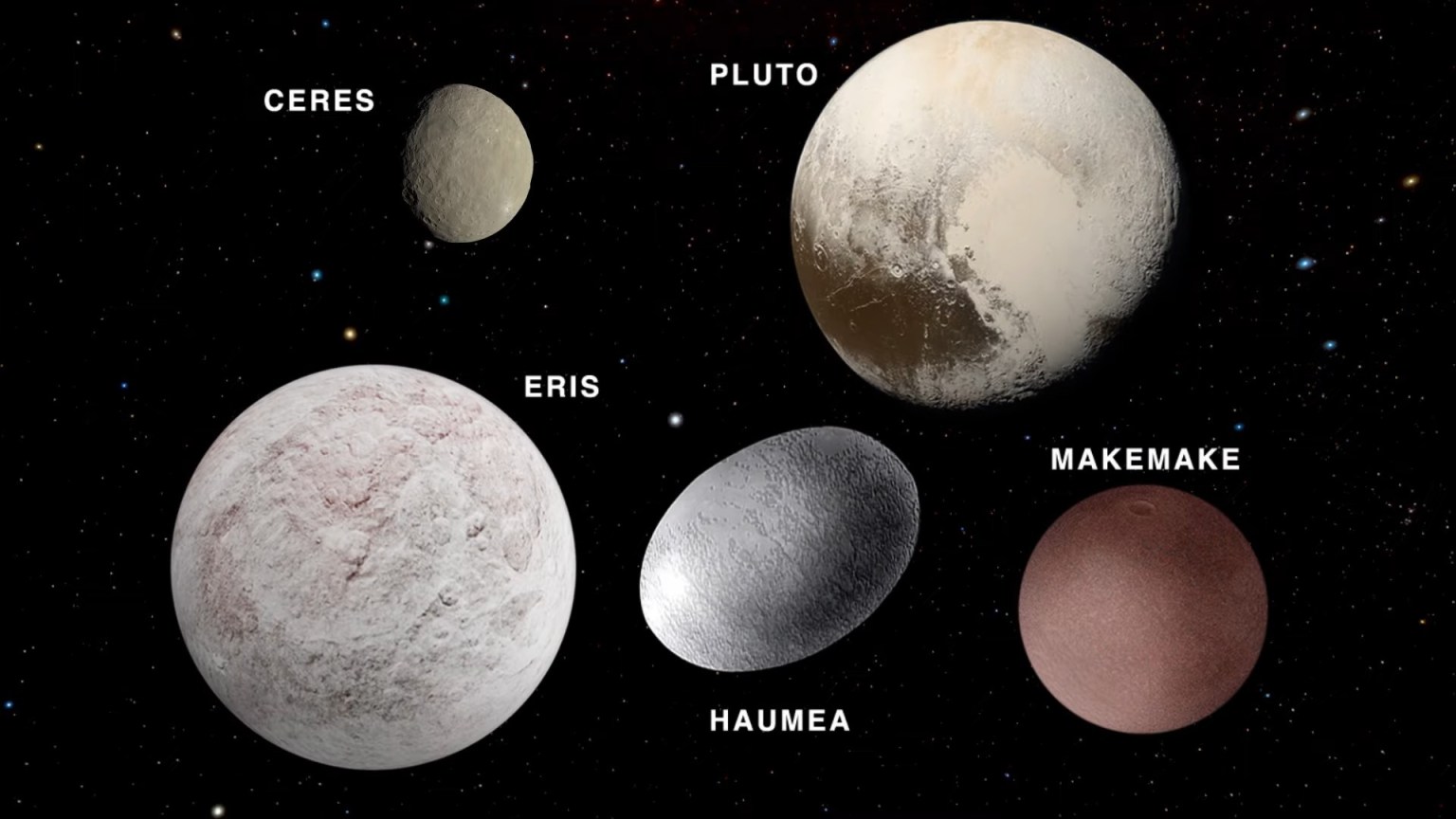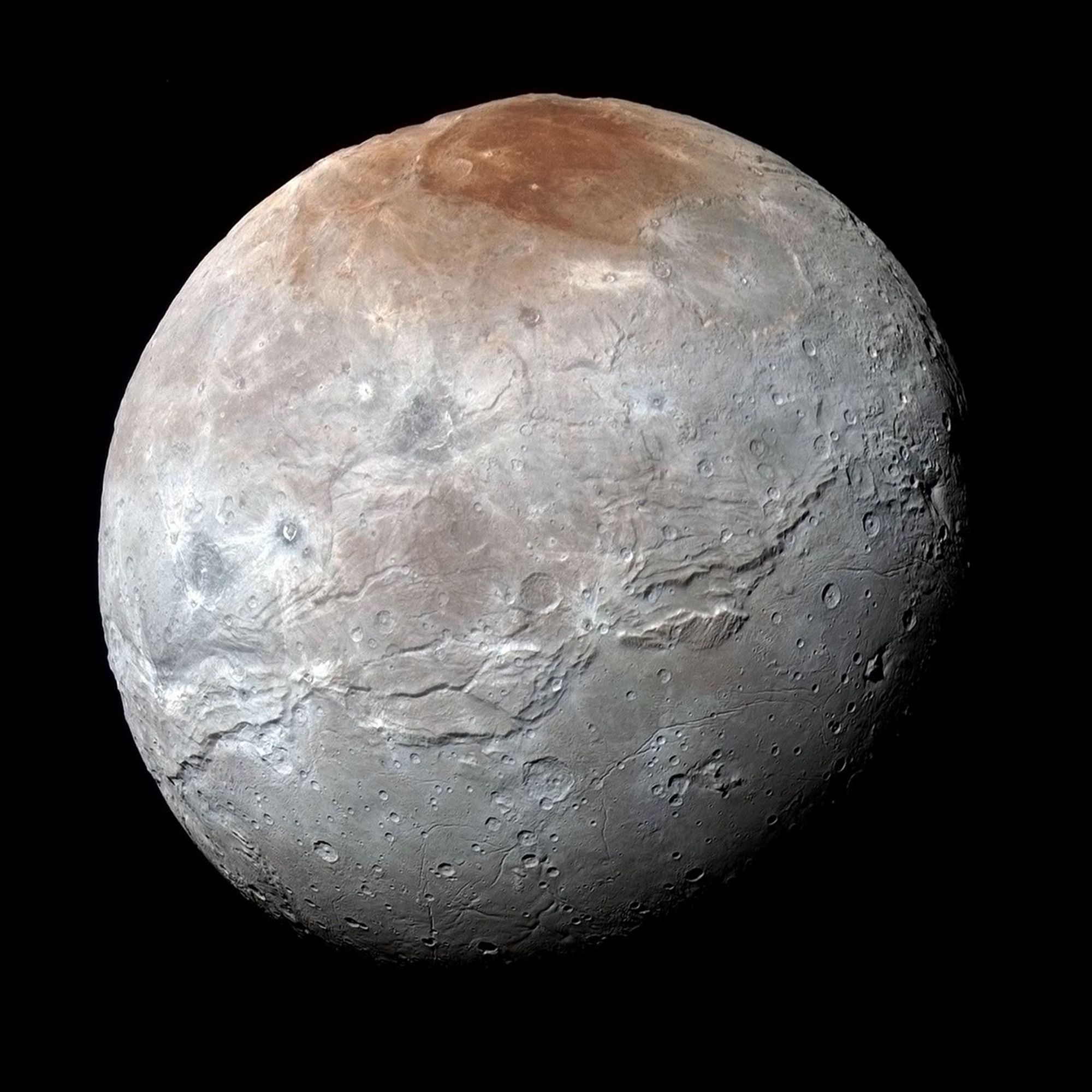Discover Pluto and the Dwarf Planets
In addition to the resources on this page, follow along with updates on Pluto and other dwarf planets through @NASASolarSystem on your preferred social media platform.
Dwarf Planets
Learn more about Pluto and other dwarf planets, which are defined as objects that orbit the Sun and are nearly round, but that have not been able to clear their orbit of debris. The International Astronomical Union (IAU) has recognized five dwarf planets: Pluto, Ceres, Haumea, Makemake, and Eris. But there may be many more waiting to be discovered.
Explore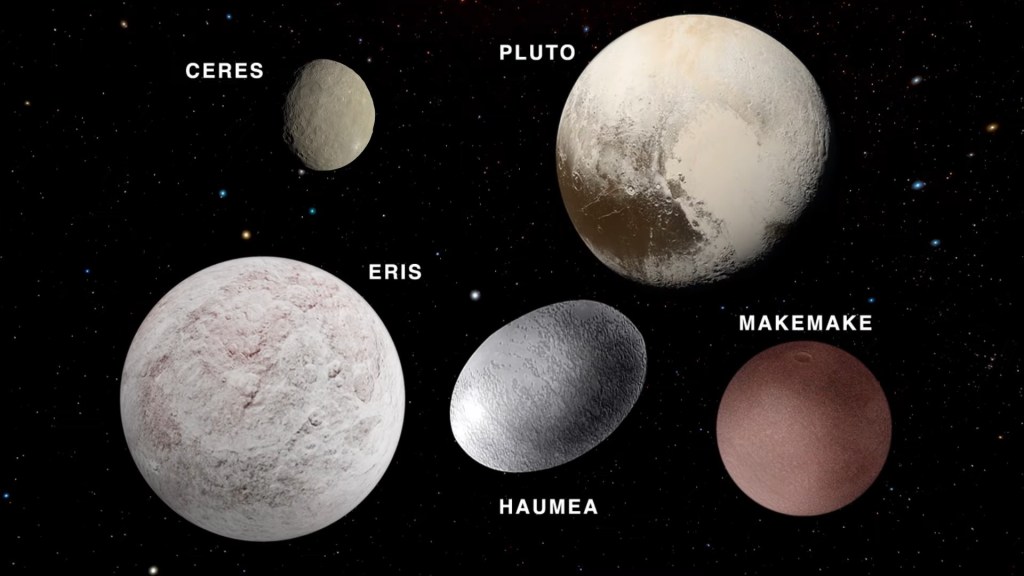
Animations and Videos
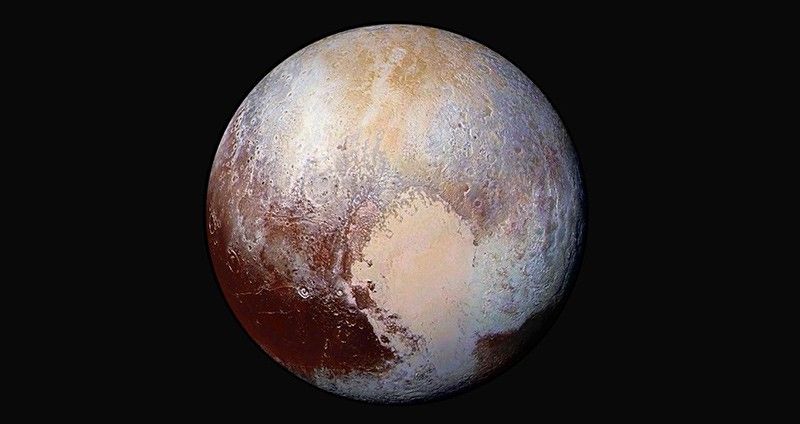
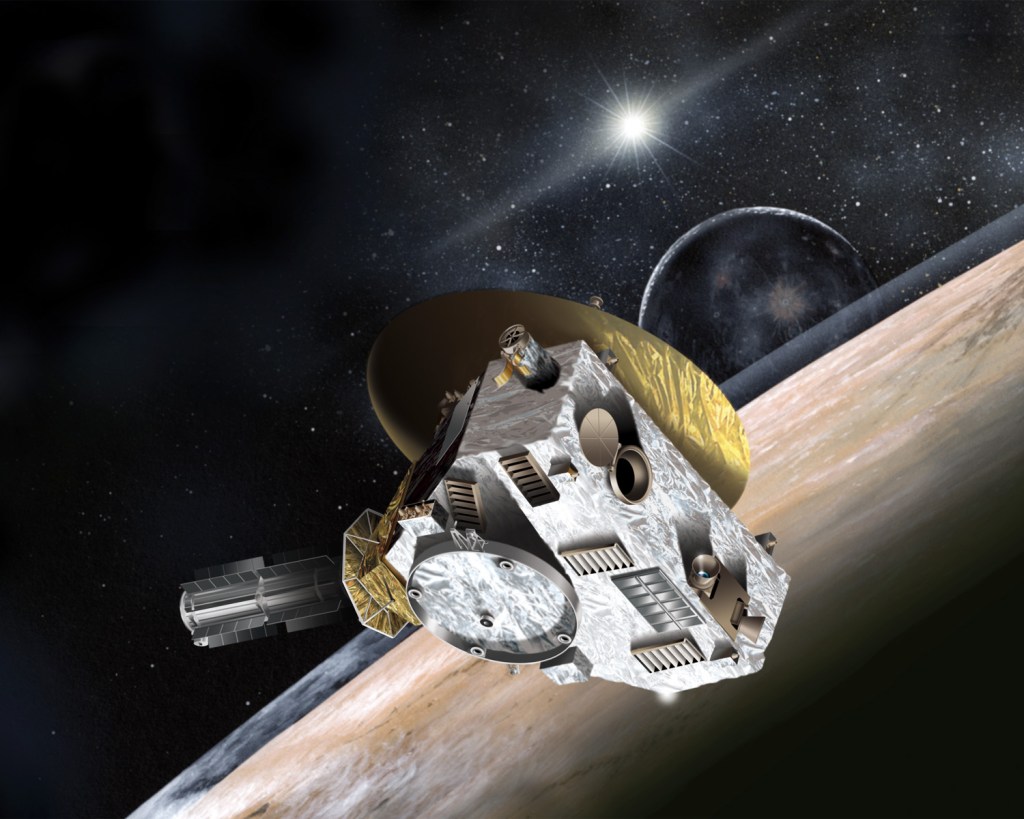
The Year of Pluto
NASA's New Horizons spacecraft was the first to explore Pluto and Kuiper Belt object Arrokoth up close. This documentary explores how the mission came to be and why it matters.
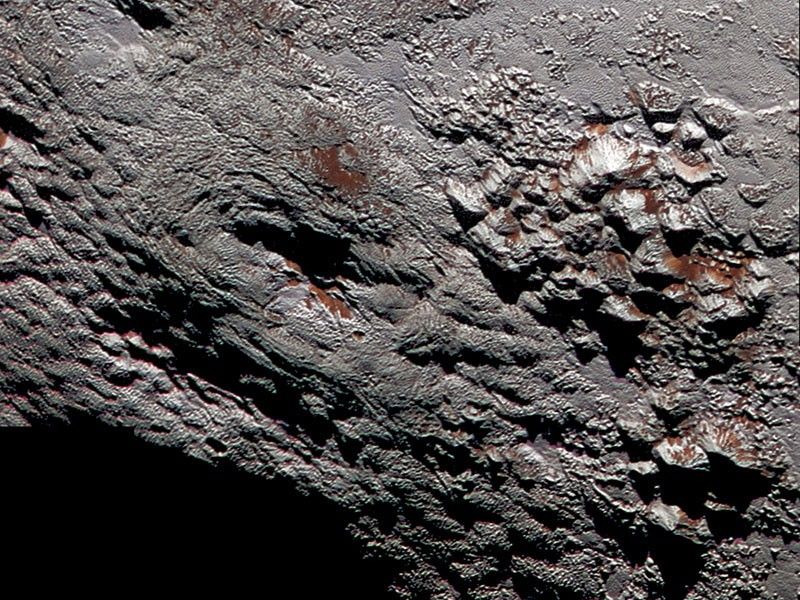
New Horizons Flyover of Pluto
Using New Horizons data and digital elevation models of Pluto, mission scientists created a flyover movie that offers spectacular perspectives of the many unusual features of Pluto – from a vantage point even closer than the spacecraft itself.
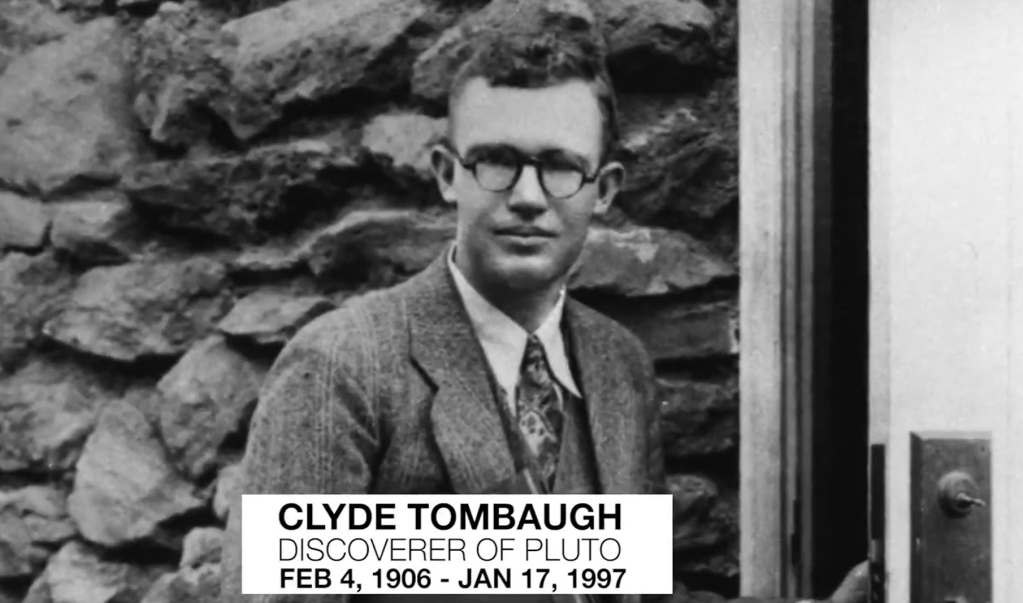
Reflections on Clyde Tombaugh
Annette and Alden Tombaugh, the children of Clyde Tombaugh, remember their father and his discovery of Pluto.
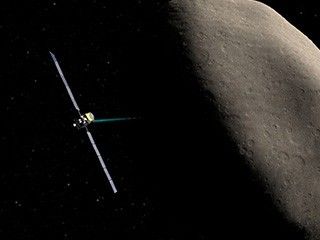
Flight Over Dwarf Planet Ceres
Take a flight over dwarf planet Ceres in this video made with images from NASA's Dawn spacecraft.
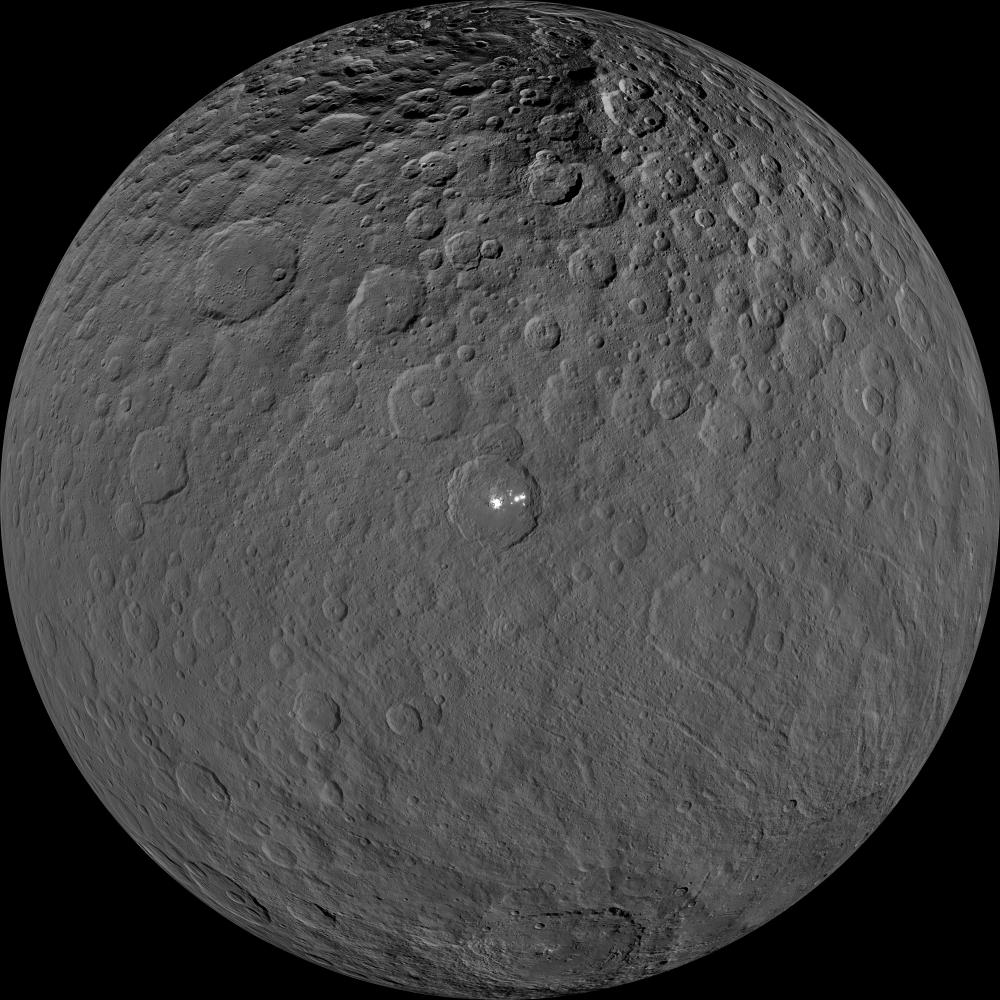
Bright Spots on Ceres
More than 300 bright spots were located on the surface of dwarf planet Ceres by NASA's Dawn mission. Scientists believe that the bright material indicates the dwarf planet is an active, evolving world.
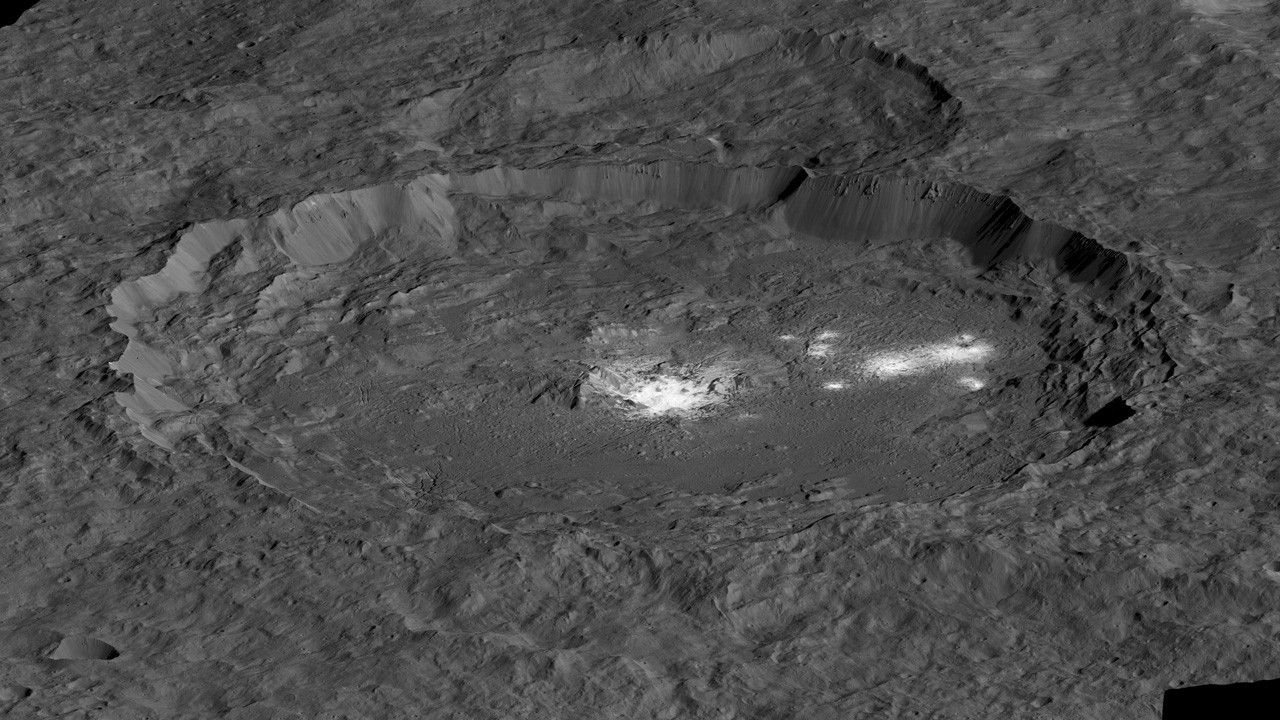
NASA's Dawn Spacecraft's Flight Over Occator Crater
This video shows the intriguing Occator Crater on Ceres, home to the dwarf planet's brightest region. It may have been produced by upwelling of salt-rich liquids after the impact that formed the crater.
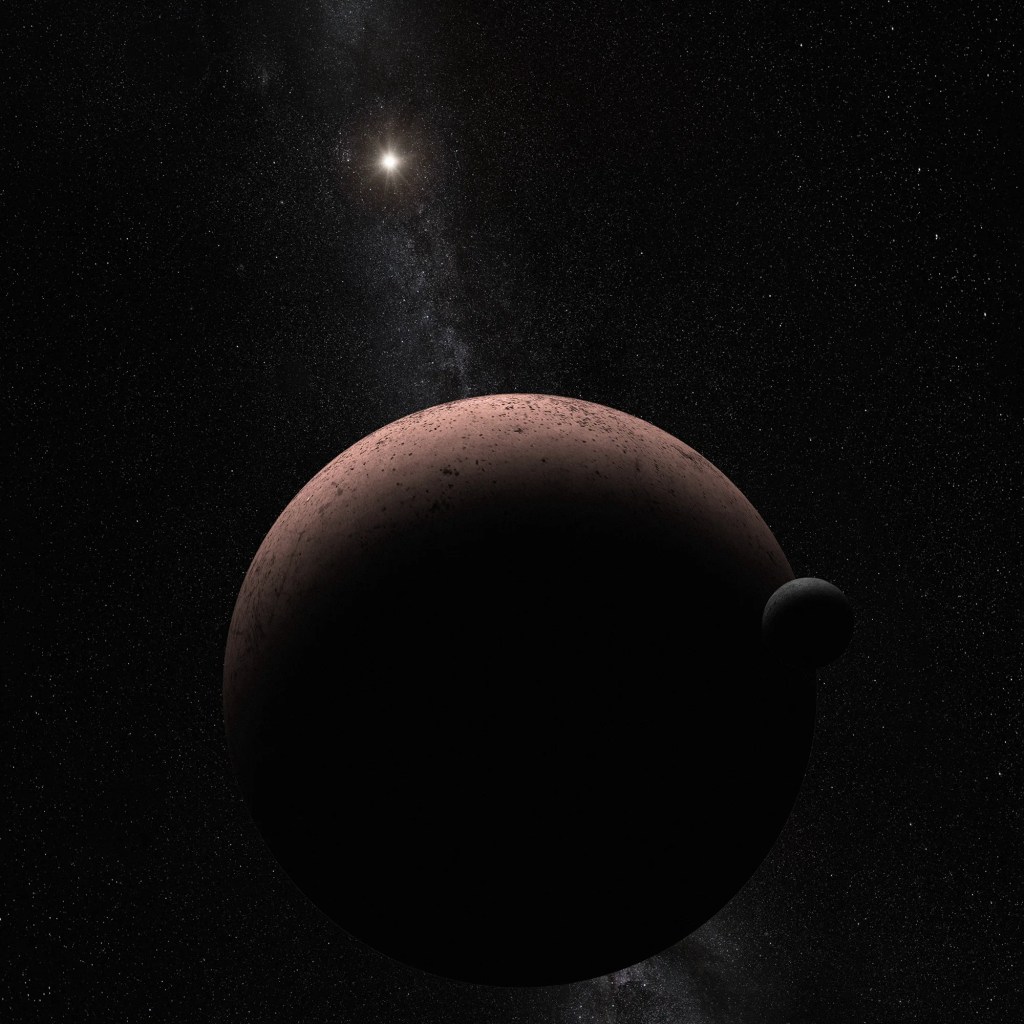
Moon Orbiting Dwarf Planet Makemake
Astronomers using NASA's Hubble Space Telescope discovered a moon orbiting dwarf planet Makemake — the third largest known object past the orbit of Neptune, about two thirds the size of Pluto.
Images

Activities
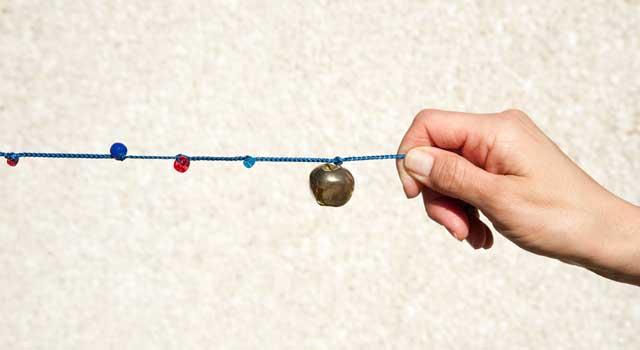
Model Solar System Bead Activity
In this activity, you'll construct a scale model of the solar system using beads and string and will observe the relative distances of the planets, asteroid belt, and dwarf planet Pluto from one another and from the Sun.
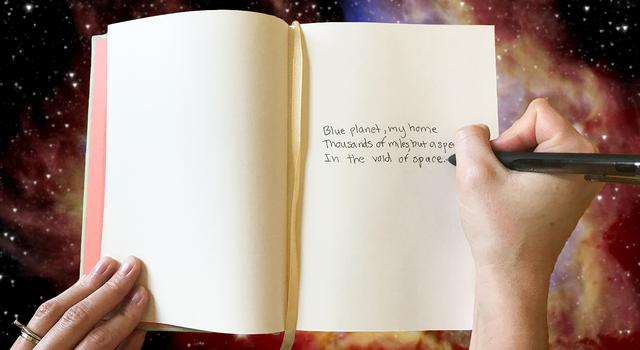
Write a Poem About the Dwarf Planets
In this activity, you'll learn about different kinds of poems and will discover how to create your own poetry inspired by space.
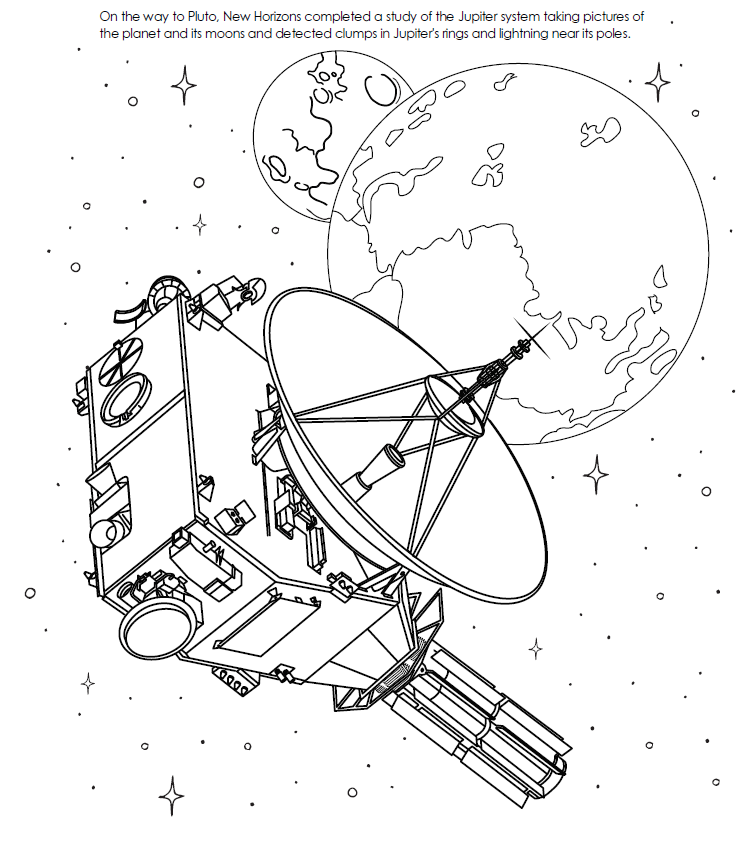
New Horizons Coloring Page
Color Pluto, its giant moon Charon, and NASA's New Horizons spacecraft!
Printable Graphics
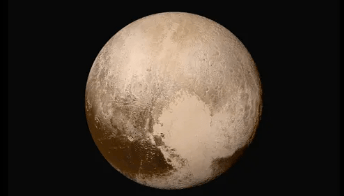
Pluto Poster - Version A
A color view of Pluto, as seen in July 2015 by NASA's New Horizons mission.
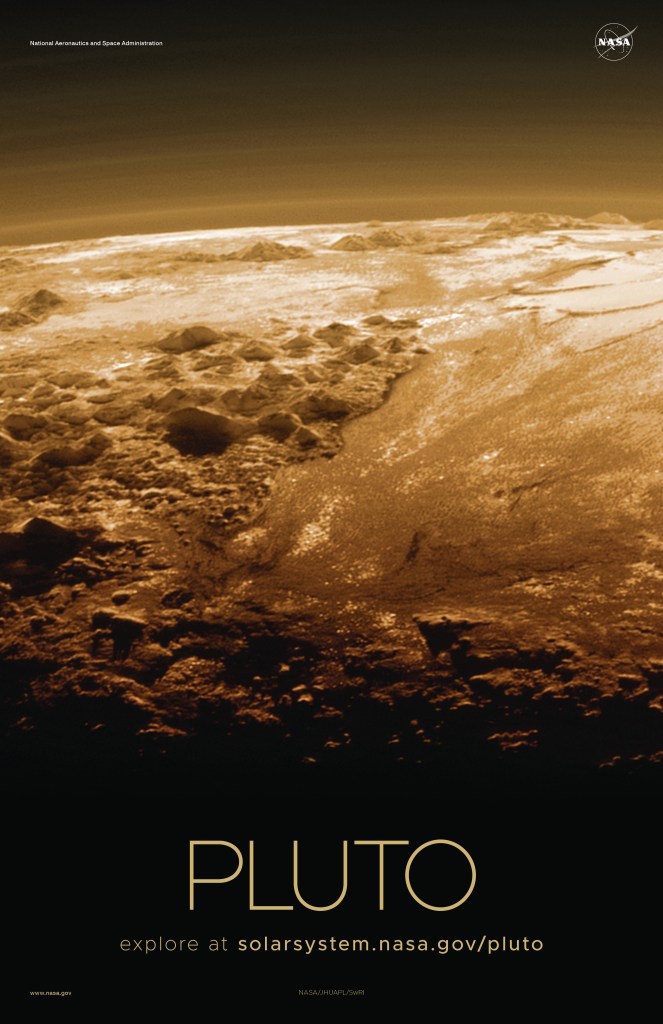
Pluto Poster - Version B
A look at the mountains and plains of Pluto, as seen in July 2015 by NASA's New Horizons mission.
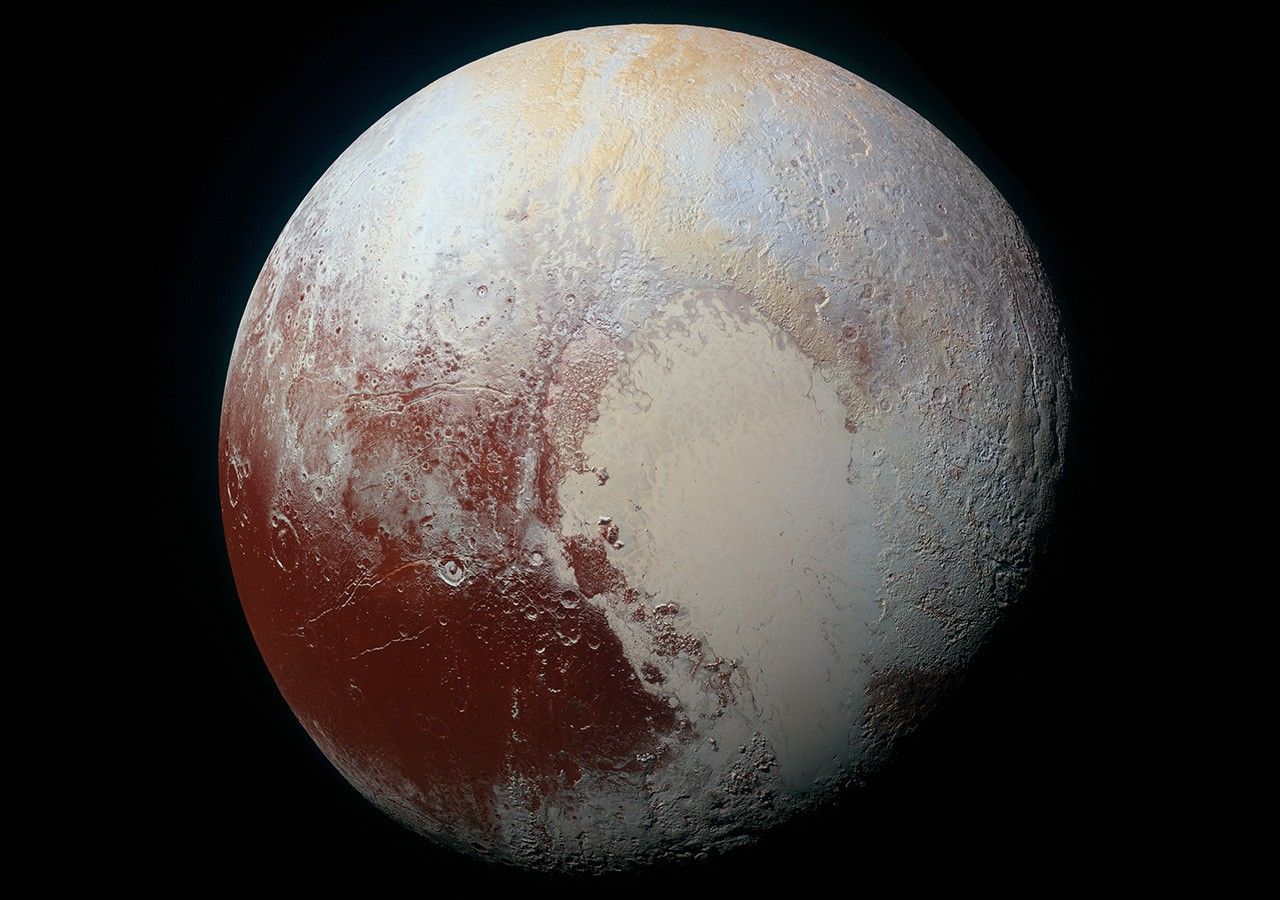
Pluto Poster - Version C
Scientists with NASA's New Horizons mission used enhanced color images like the one in this poster to detect differences in the composition and texture of Pluto's surface.
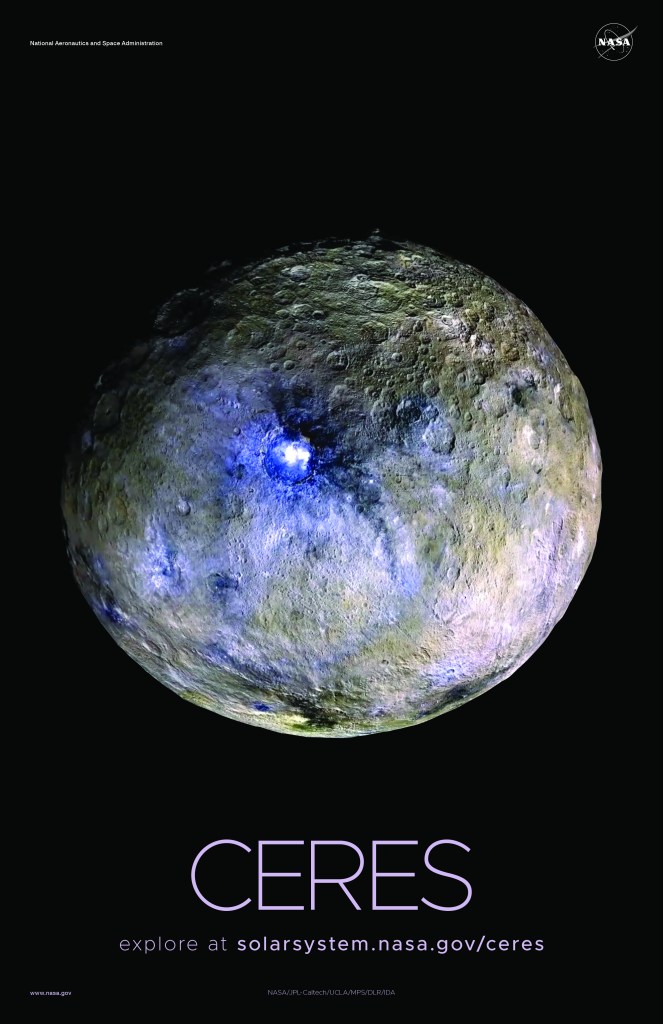
Ceres Poster - Version A
In this poster, the dwarf planet Ceres is shown in a false-color rendering, which highlights differences in surface materials.
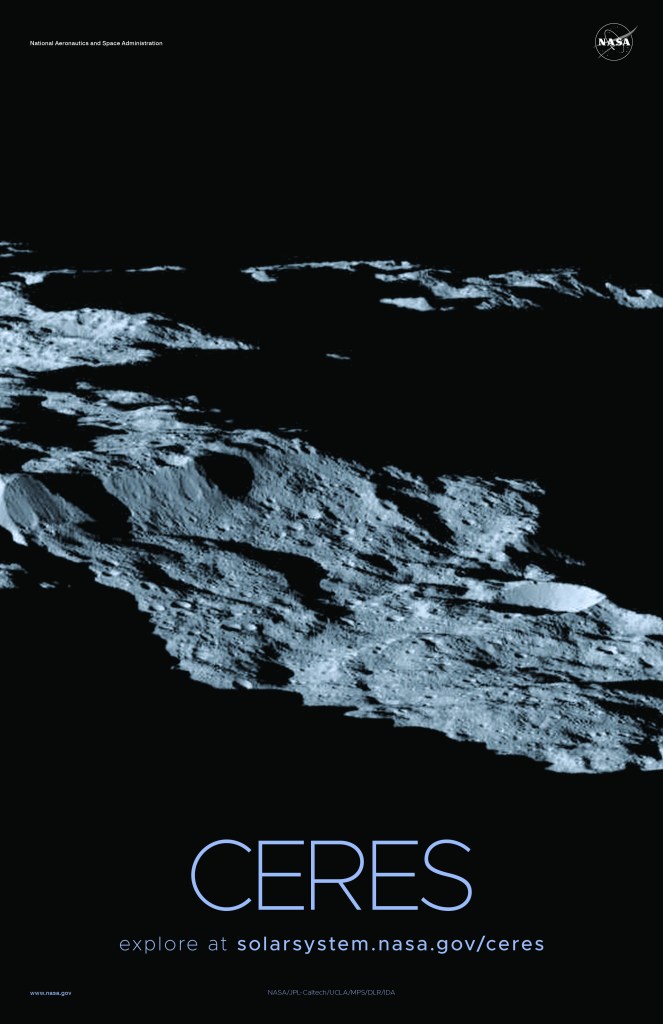
Ceres Poster - Version B
This poster shows a view of Ceres, taken by NASA's Dawn spacecraft in December 2015, of an area in the southern hemisphere of the dwarf planet.
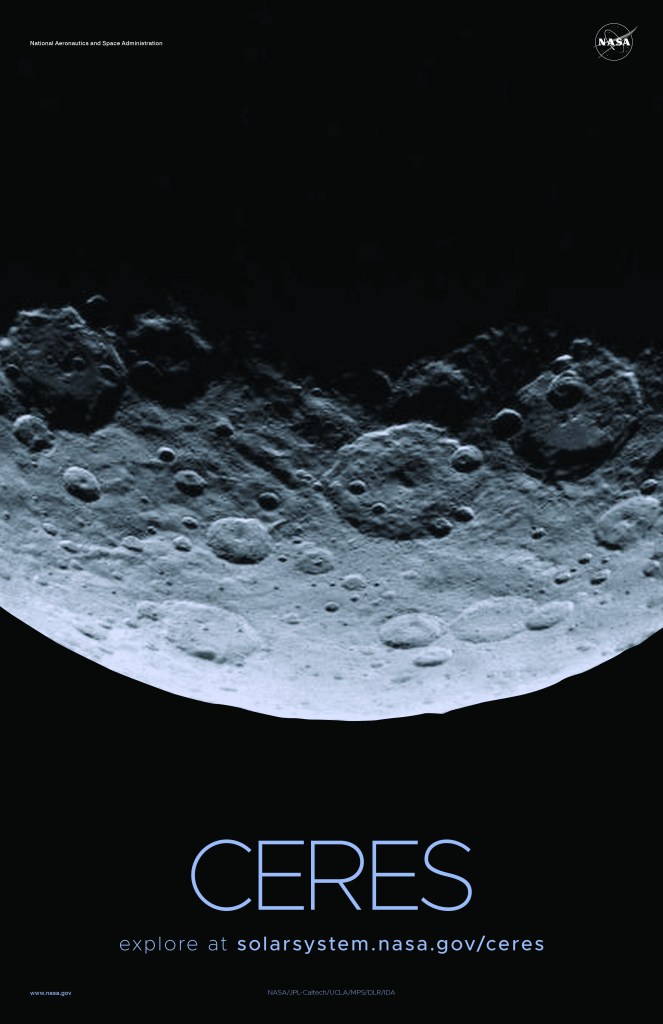
Ceres Poster - Version C
NASA's Dawn spacecraft captured the view of Ceres shown in this poster in April 2015.
3D Models and Interactives
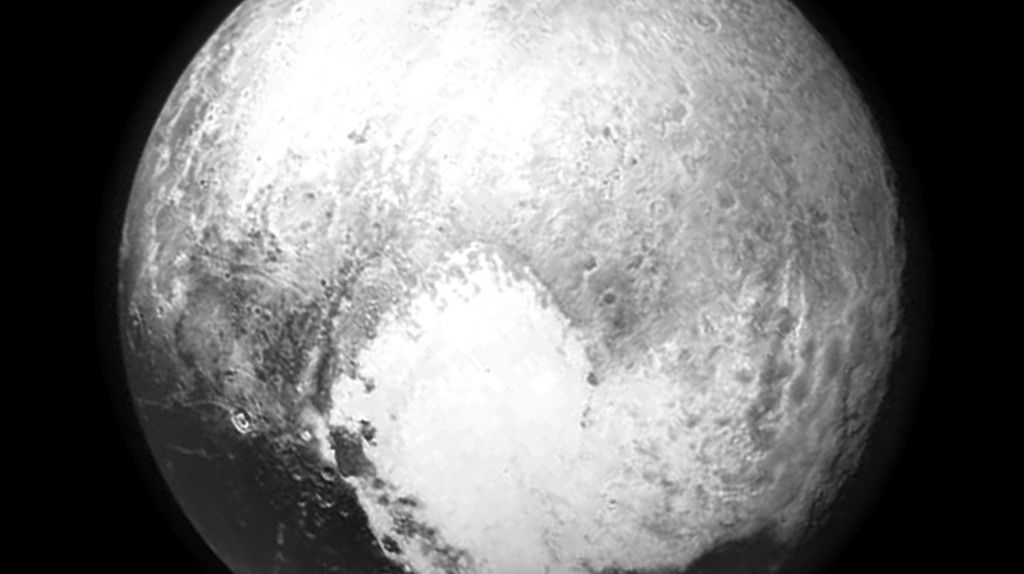

New Horizons 3D Model
A 3D model of NASA's New Horizons, a mission to Pluto and the Kuiper Belt.
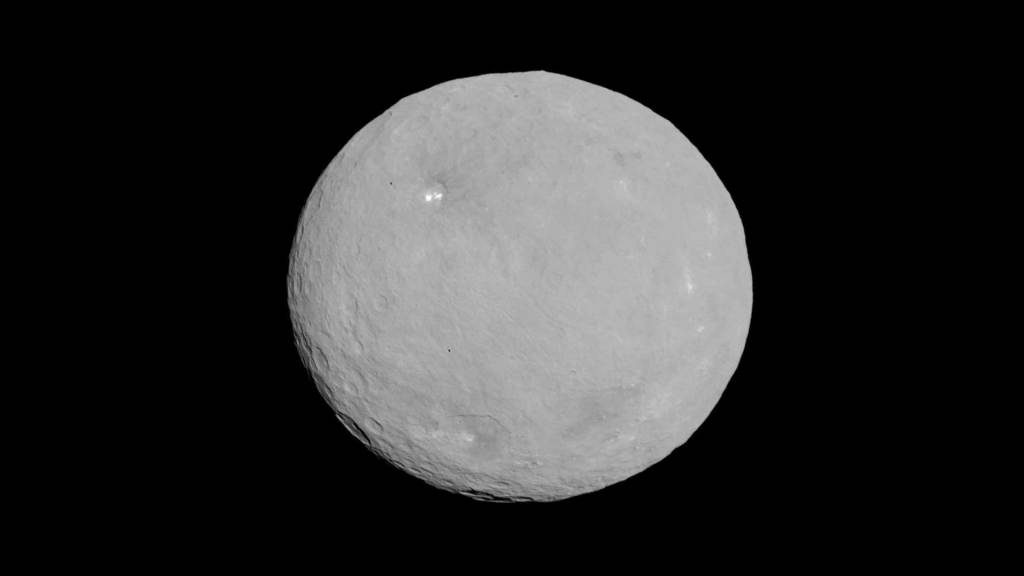
Ceres 3D Model
A 3D model of Ceres, a dwarf planet in the main asteroid belt between Mars and Jupiter.
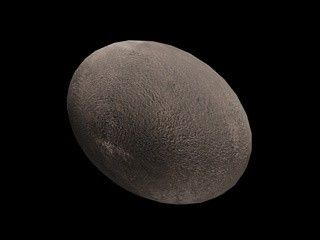
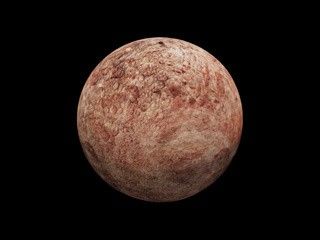
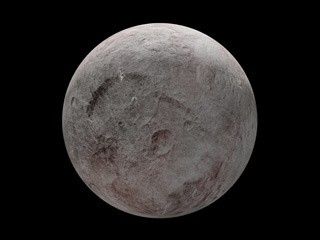

NASA Solar System Treks: Ceres
Check out these online portals and explore the surfaces of other worlds using real data returned from spacecraft. Visit Ceres now!







